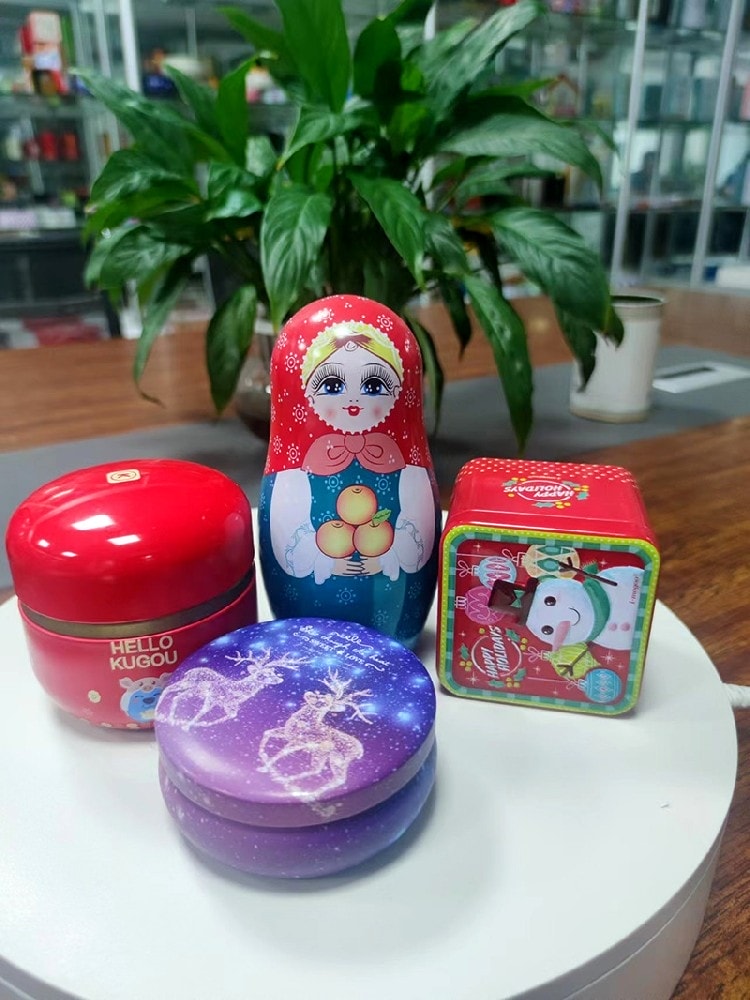
1. Design Preparation:
Determine the design requirements for the printed material, including images, text, colors, and layout specifications, ensuring compliance with regulations and tin cans industry standards.
2. Color Preparation:
Perform color proofing and adjustments to ensure that the design complies with printing requirements. Set up and adjust color settings for the printing process.
3. Equipment Setup:
Prepare the printing machine, including adjusting printing pressure, speed, halftone settings, and other parameters to ensure optimal print output.
4. Pre-Printing Inspection:
Check the prepared printing plates to verify their integrity and accuracy.
5. Printing Output:
Transfer the design onto the tinplate material, ensuring print quality and accuracy.

6. Quality Control:
Regularly inspect the print output for color accuracy, clarity, and the accuracy of images and text.
7. Post-Printing Processing:
Perform post-printing processes such as binding or lamination to ensure the integrity and aesthetics of the final product.
8. Quality Inspection:
Perform a final inspection of the printed material to ensure that it meets customer requirements and standards.
Tin Cans Industry Standards and Regulations: How to Do Quality Control Procedures
Design and Planning: The Standardized Tin Cans Industry Process
Material Procurement: The Standardized Tin Cans Industry Process
What Specific Quality Management of Tin Cans: Certifications or Standards
Signing a Procurement Contract: The Standardized Tin Cans Industry Process
Conducting a Supplier Quality Management Audit: The Standardized Tin Cans Industry Process
Acceptance of Raw Materials: The Standardized Tin Cans Industry Process
Offset Printing on Tinplate: The Standardized Tin Cans Industry Process